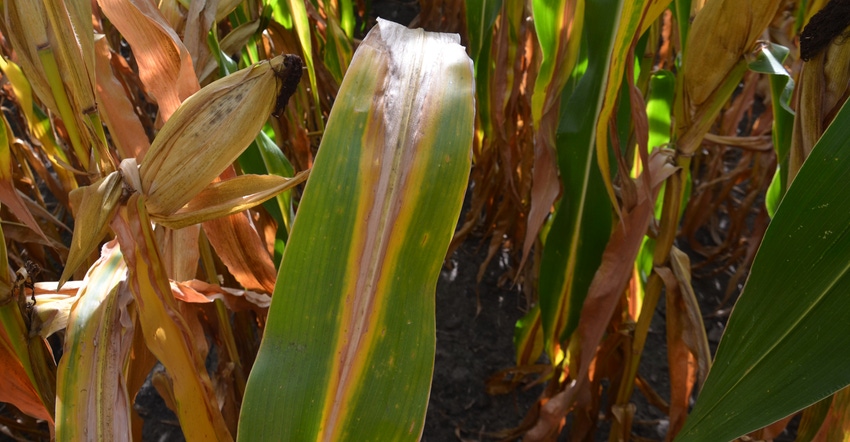September 3, 2020

I began noticing signs of nitrogen deficiency in some cornfields in mid-August. How much will that hurt yield? Should I kick up nitrogen rates for next year?
The Indiana certified crop adviser panel answering this question includes Steve Gauck, regional agronomy manager for Beck’s, Greensburg; Andy Like, independent crops consultant, Vincennes; and Dan Ritter, agronomist with Corteva Agriscience, Rensselaer.
Gauck: Determining yield loss in corn without a side-by-side study of rates can be difficult. Ask yourself some questions: When did the deficiency start? What growth stage was corn in? Was it a temporary deficiency?
Before kicking up nitrogen rates, look at why the deficiency showed up. Did you notice it in every field? If so, you may be looking at rates being too low, or maybe nitrogen was applied too early. If it’s in specific fields, are those hybrids heavy late users of nitrogen? Do you need to split-apply N even later into the season? Were there any soil compaction issues that didn’t allow roots to grow and take up N?
Nitrogen moves through the soil in water and then is taken up by plants. Did you have a dry spell that limited nitrogen uptake, causing a short-term deficiency? In some cases during dry spells, you have plenty of nitrogen in the soil, but roots can’t get to it. Split-applying nitrogen is the most efficient way to maximize plant uptake and yields. It’s not always feasible for everyone, but if you’re seeing nitrogen deficiency show up consistently, look at it as an option.
Like: I would expect some yield loss if you saw yellow corn in mid-August, unless you planted very early and the plant started senescence naturally. If your area had reasonable weather with no heavy rainfalls to leach nitrogen or saturate the soil and cause denitrification, I would consider upping your nitrogen rate so you don’t short the crop during grain fill next year.
It’s important to remember that after the fact, it’s easy to see what you should have done. The optimal nitrogen rate is different every year, depending on the weather and yield potential. Getting it perfect is impossible. You must make the best call you can with the information you have at the time of application.
Ritter: It will depend on the stage of development of the corn. The further it is developed, the less of an impact. I may give nitrogen management consideration next year. However, be careful. Nitrogen management is so very weather-dependent that it’s hard to judge what works year in and year out based on the visual results of one year.
I would do a “tweak and tune.” Let’s tweak the system a bit to see if we get some consistently positive results. Look at nitrogen timing: fall, spring or in-season sidedress. Perhaps a change in timing could reduce nitrogen loss without increasing the rate. Are you using a nitrification inhibitor that may help in reducing N loss? If your program has been working in the past, stay with that system for most of your acres. Take a portion of the acres, say 10% to 25%, and administer the new nitrogen management program.
You May Also Like




